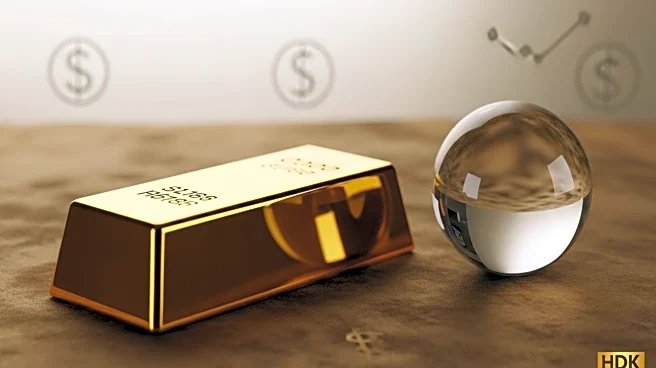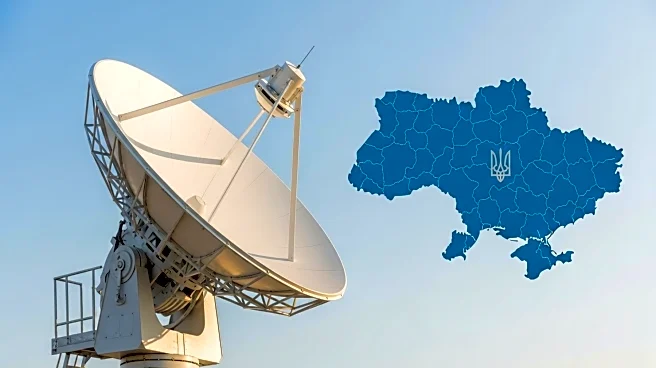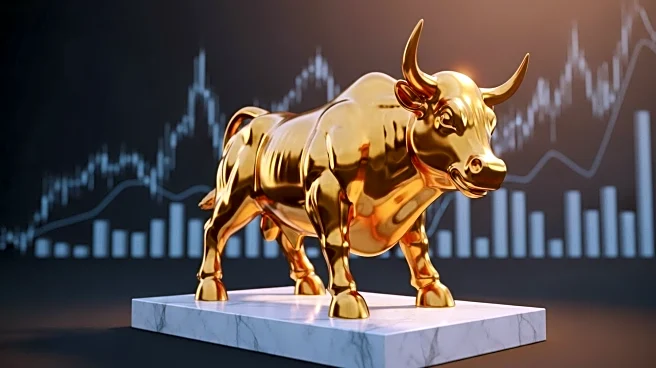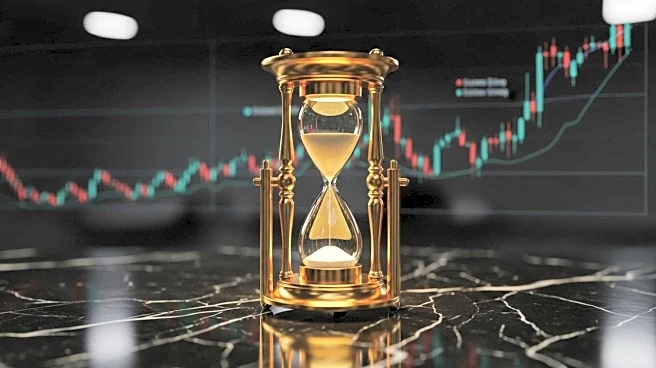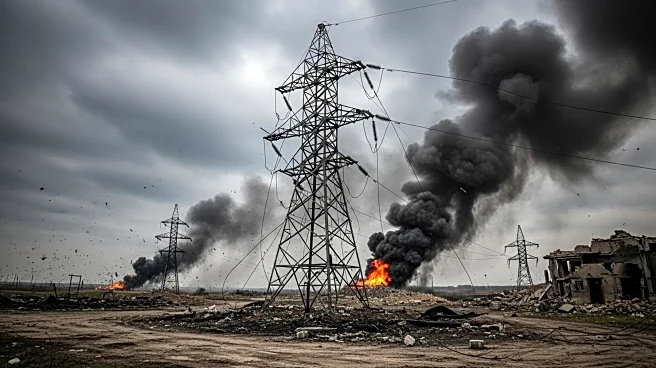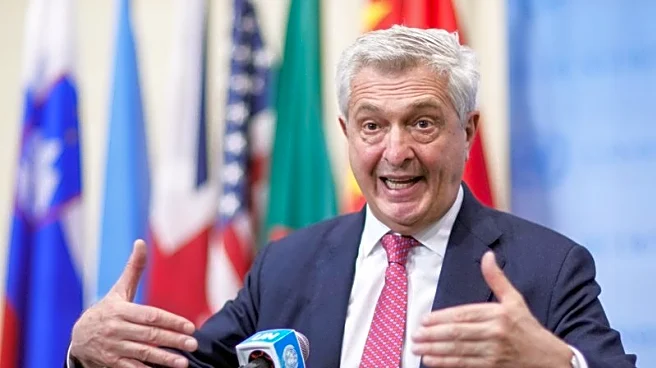What is the story about?
What's Happening?
Gold prices have reached a record high, surpassing $3,900 per ounce, driven by safe-haven demand amid global economic and political uncertainty. The surge is attributed to a combination of factors, including a decline in the yen, a U.S. government shutdown, and expectations of further interest rate cuts by the Federal Reserve. The precious metal has seen a 48% increase this year, following a 27% rise last year. Investors are turning to gold as a store of value amidst concerns over geopolitical tensions, including conflicts in the Middle East and the Russia-Ukraine war. Additionally, central bank purchases and increased inflows into gold exchange-traded funds (ETFs) have contributed to the price rise.
Why It's Important?
The rise in gold prices reflects broader economic uncertainties and investor sentiment towards traditional safe-haven assets. As interest rates are expected to decrease, the opportunity cost of holding non-yielding assets like gold diminishes, making it more attractive. The ongoing geopolitical tensions and economic instability are likely to sustain demand for gold, impacting global markets and investment strategies. The surge in gold prices also indicates potential shifts in monetary policy and investor behavior, as they seek to hedge against inflation and currency devaluation.
What's Next?
With the U.S. government shutdown and geopolitical tensions showing no immediate resolution, gold prices may continue to rise. Investors will closely monitor Federal Reserve actions regarding interest rates, as further cuts could bolster gold's appeal. The market will also watch for any developments in geopolitical conflicts that could influence safe-haven demand. Additionally, the continued interest in gold ETFs suggests sustained investor confidence in the metal's long-term value.
AI Generated Content
Do you find this article useful?


